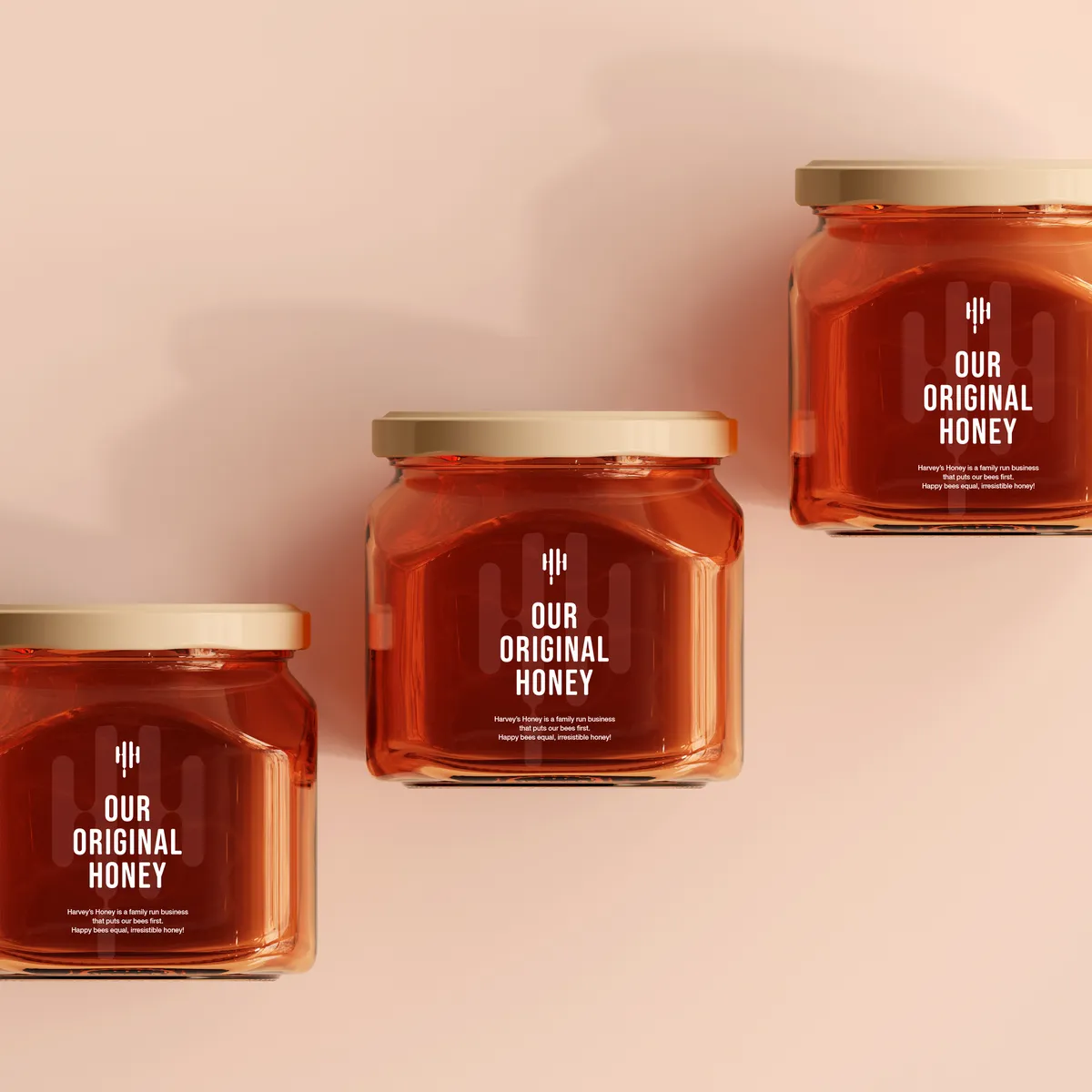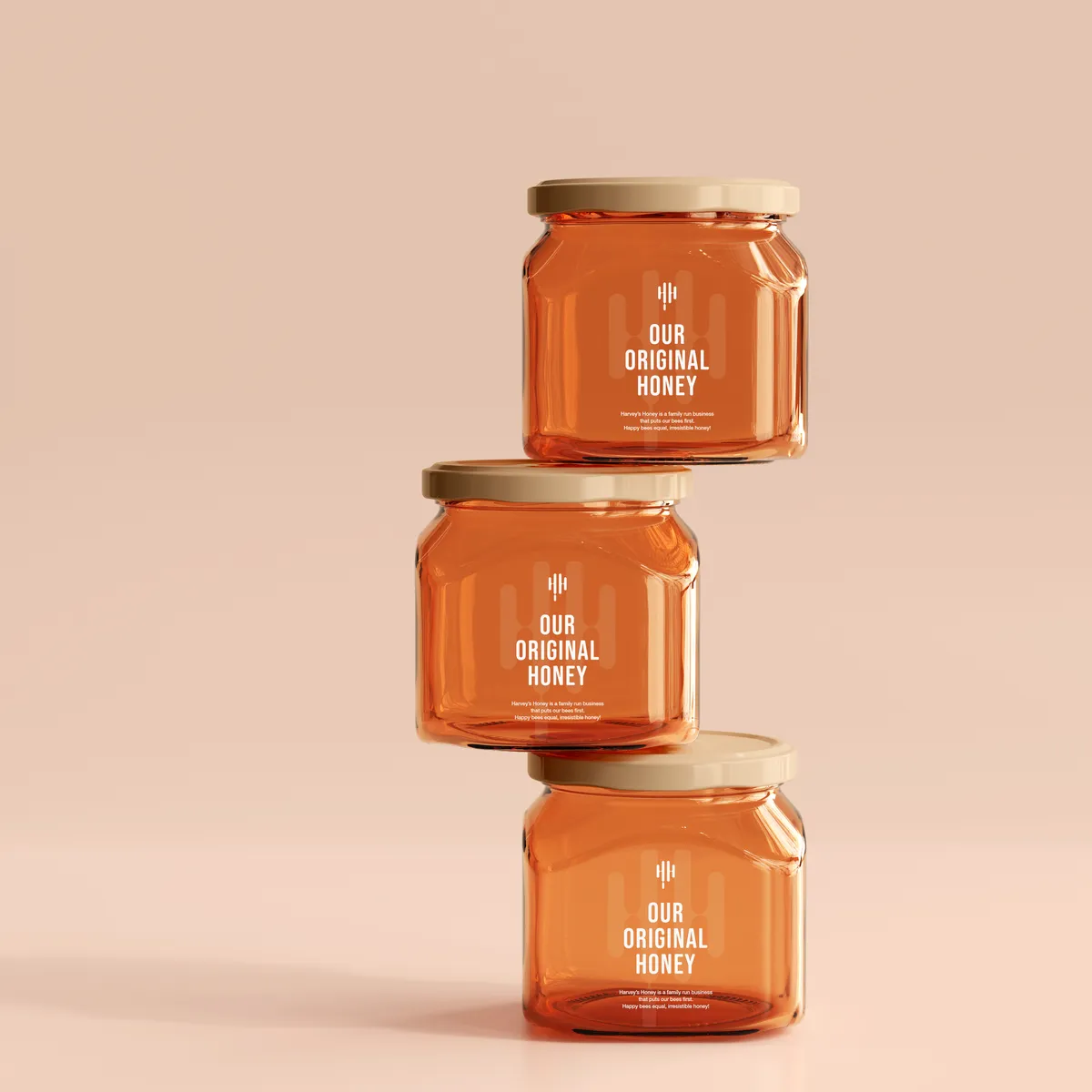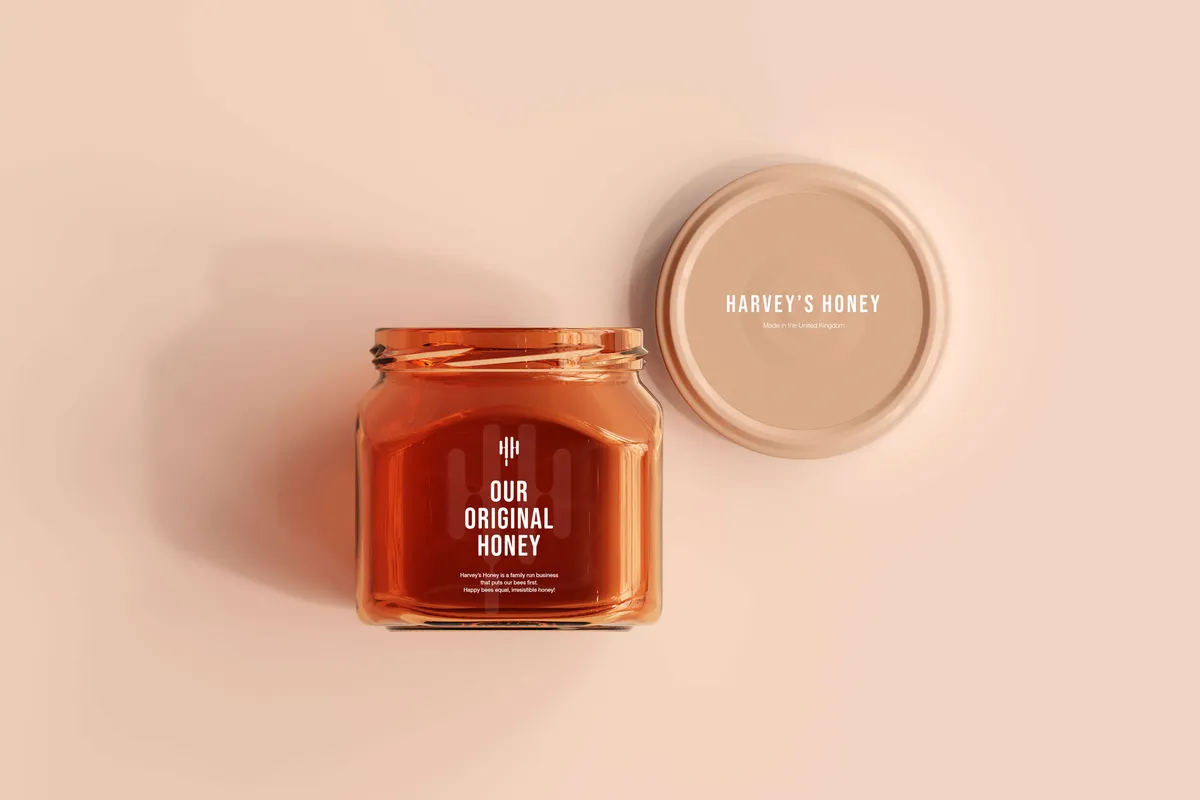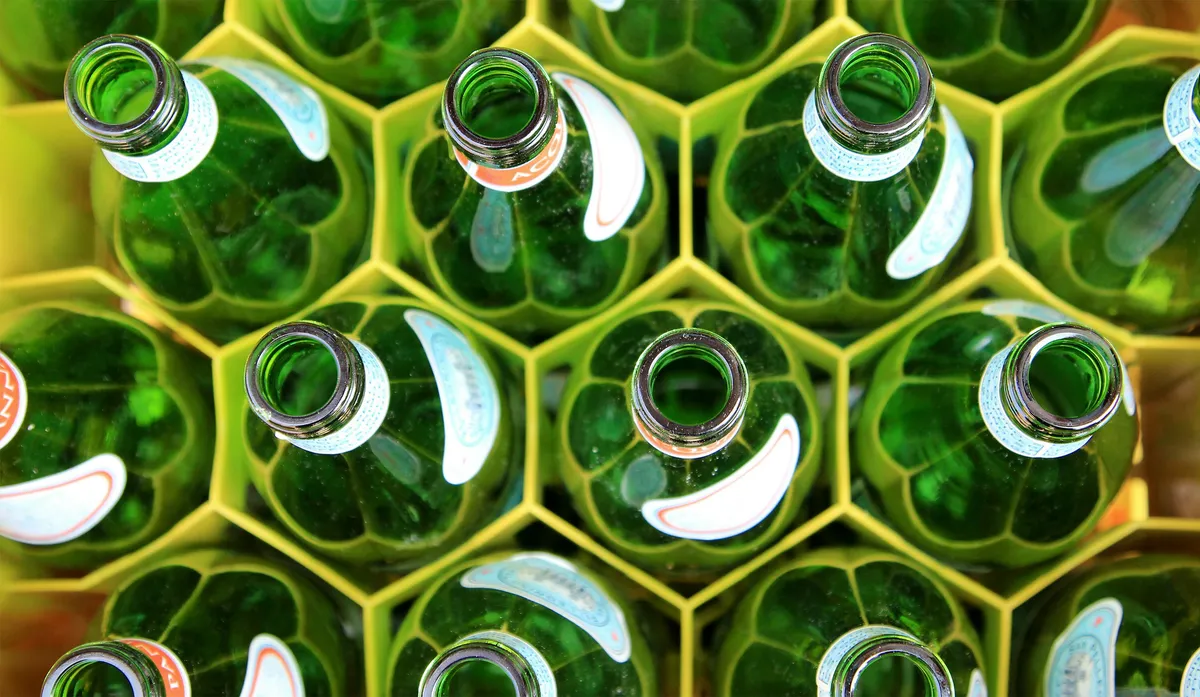
Glass packaging design has gained considerable traction over the years. From its crystal-clear appearance to its sustainability credentials, glass is increasingly favoured by brands looking to make a statement. But like everything in design, it’s not without its trade-offs. This article will dive into the pros and cons of using glass for packaging, focusing on its aesthetic allure, practicality, and environmental impact.
When it comes to packaging, glass is the epitome of quality and luxury. Its impermeable nature ensures that the contents inside remain unaltered, preserving both flavour and freshness—especially important for food, beverages, and cosmetics.
👍 Non-reactive material: Material matters – Glass doesn’t interact with its contents, making it ideal for preserving flavour and freshness.
👍 Transparency: Glass allows customers to see the product, which can be a huge selling point, particularly in the food and beverage industries.
👍 Consumer Preference: Consumers are increasingly leaning toward environmentally friendly packaging, and glass fits the bill perfectly.
👍 100% Recyclable: Glass can be recycled indefinitely without losing quality, positioning it as a top choice for eco-friendly brands.
However, glass packaging isn’t without its drawbacks. The high production and material costs can be a significant factor, particularly for startups and small businesses. Furthermore, its weight adds to transportation costs, making it less economical than lighter alternatives like plastic.
👎 Higher Cost: Glass is more expensive to produce and source compared to other materials.
👎 Heavier: The added weight of glass leads to increased shipping costs, which can impact profitability.
👎 Prone to Breakages: During shipping, glass can be vulnerable to damage if not carefully packaged, leading to potential product loss and increased costs due to replacements or returns. Proper cushioning and protective measures are essential to ensure safe transport.


There’s no denying that glass exudes sophistication. The clean lines, clarity, and ability to mould glass into various forms allow brands to create stunning visual appeal. Think of perfume bottles, high-end liquor, or gourmet foods – the presence of glass packaging elevates the product, often allowing it to stand out on the shelves.
Brands utilise glass to differentiate their products, giving them a premium look that’s hard to achieve with other materials. However, the brand design process isn’t without its challenges.
Durability is a key concern – glass is fragile and can easily break during transportation or handling. This requires careful design and packaging solutions to mitigate risks. Additionally, the design possibilities with glass are more limited than with materials like plastic, which can be moulded into nearly any shape or size. Complex glass designs can also drive up production costs, making it crucial for brands to strike a balance between aesthetic appeal and practical feasibility.
For example, some high-end spirit brands use thick glass bottles with unique shapes, balancing aesthetics with the practicalities of shipping and display. These designs often involve a trade-off between the luxurious look and the practical concerns of cost and durability.
At Noramble, we chose glass packaging for its product to emphasise the brand's commitment to luxury and purity. Glass not only enhances the premium feel of the honey but also preserves its natural flavour and quality. The transparency of the glass jar allows customers to appreciate the rich colour and texture of the honey, while the material's recyclability aligns with the brand's values of sustainability and exclusivity. This choice reflects the brand's dedication to offering a product that is as refined on the outside as it is on the inside.

Recycling glass is one of its strongest selling points. The process begins with collection, where glass waste is sorted by colour. After being crushed into a cullet, it’s melted down and reformed into new glass products. This cycle can be repeated endlessly without any loss of quality, making glass a truly sustainable packaging option.
♻️ Waste Reduction: Recycling glass helps reduce the amount of waste sent to landfills.
♻️ Resource Conservation: It conserves raw materials like sand and limestone, which are required for making new glass.
However, there are challenges in glass recycling. Contamination, particularly with mixed colours, can be problematic. Additionally, the energy-intensive nature of glass production and recycling can offset some of its environmental benefits.
👉Colour Separation: Different colours of glass must be separated, which can complicate the recycling process.
👉Energy-Intensive: Melting glass requires significant energy, impacting its overall sustainability.
👉Recycling Infrastructure: In some regions, the infrastructure for recycling glass is limited, leading to lower recycling rates.
When compared to materials like plastic or aluminium, glass recycling is more straightforward but still comes with environmental trade-offs. Plastic recycling, for instance, is less energy-intensive but results in a lower quality material over time, whereas aluminium recycling is highly efficient but requires a large energy input initially.

Overall, glass packaging offers a blend of premium aesthetics and sustainability, but it comes with its own set of challenges, particularly in terms of cost and practicality. As brands weigh the benefits and drawbacks, it’s essential to consider the full picture – how glass enhances the product’s image, its environmental impact, and the practicalities of design and transportation.
Glass remains a viable option, especially for brands looking to make a statement with their packaging while staying true to sustainable packaging certifications and practices.
At Noramble, we’ve got plenty of experience when it comes to packaging design. Check out our work – we can help you with packaging design, brand design, and brand strategy. If you’re interested in exploring how glass packaging can elevate your brand, contact us today to discover more about designing sustainable, eye-catching packaging solutions.